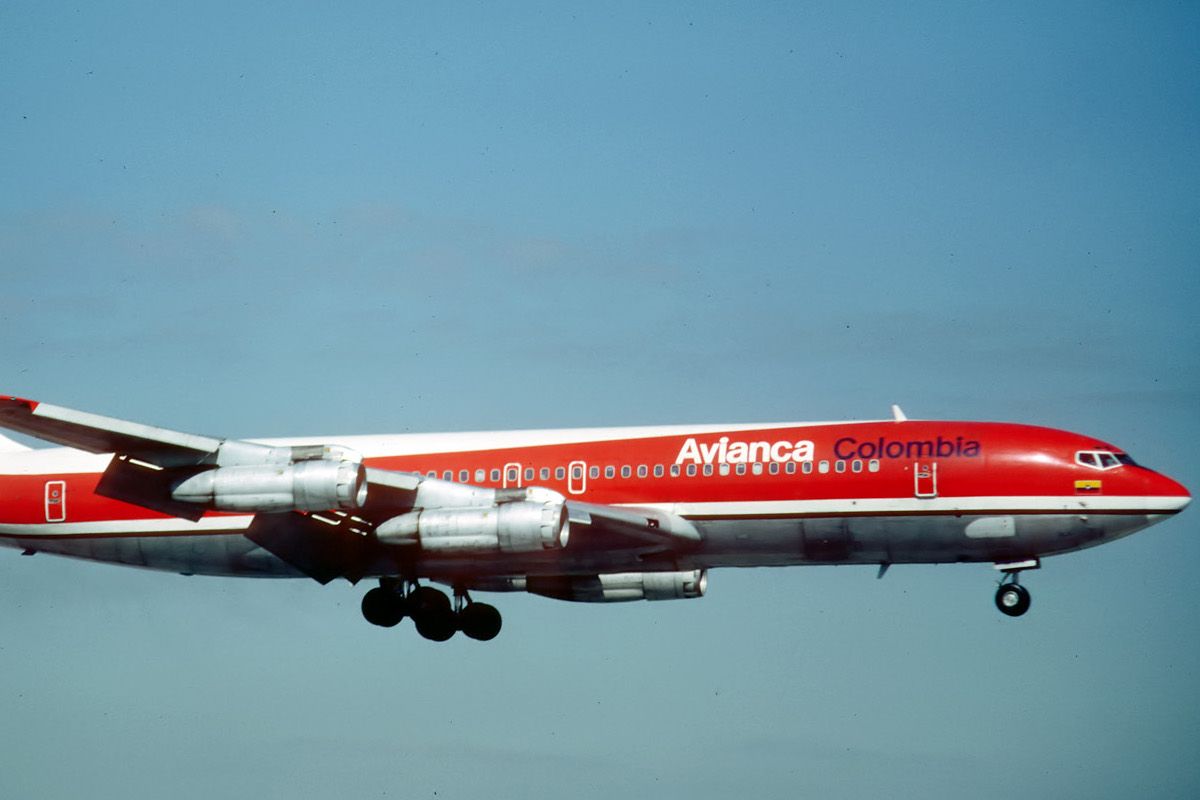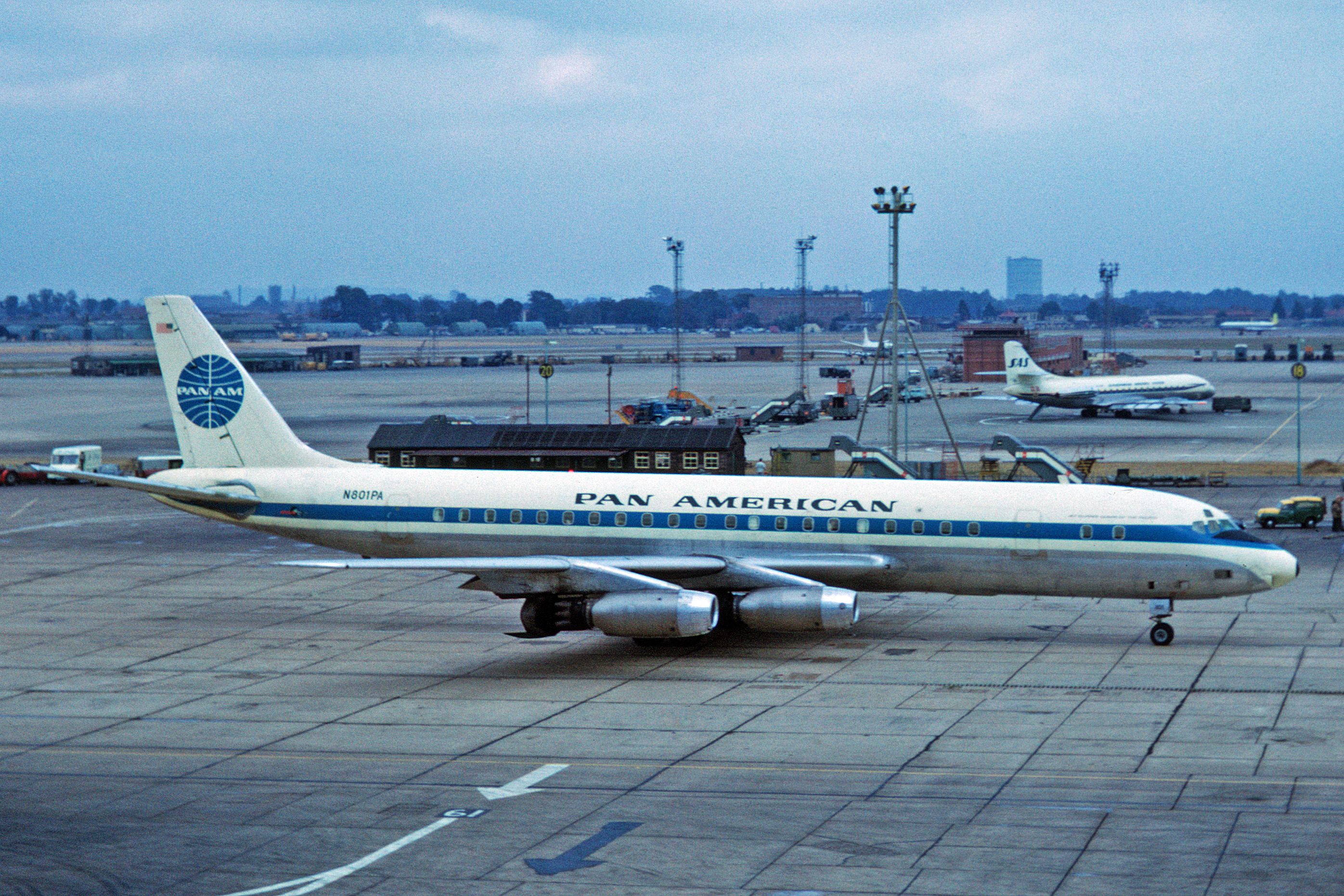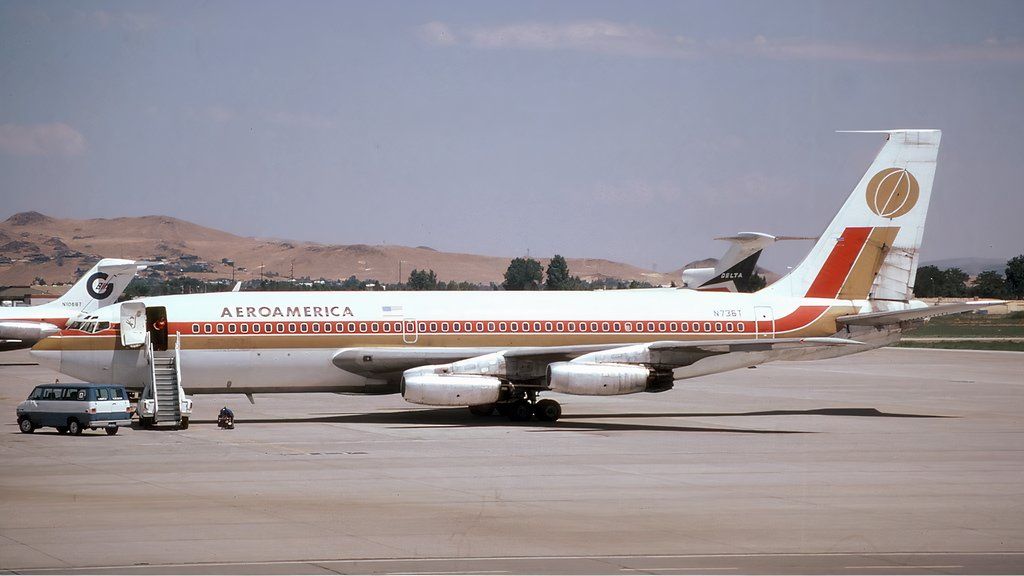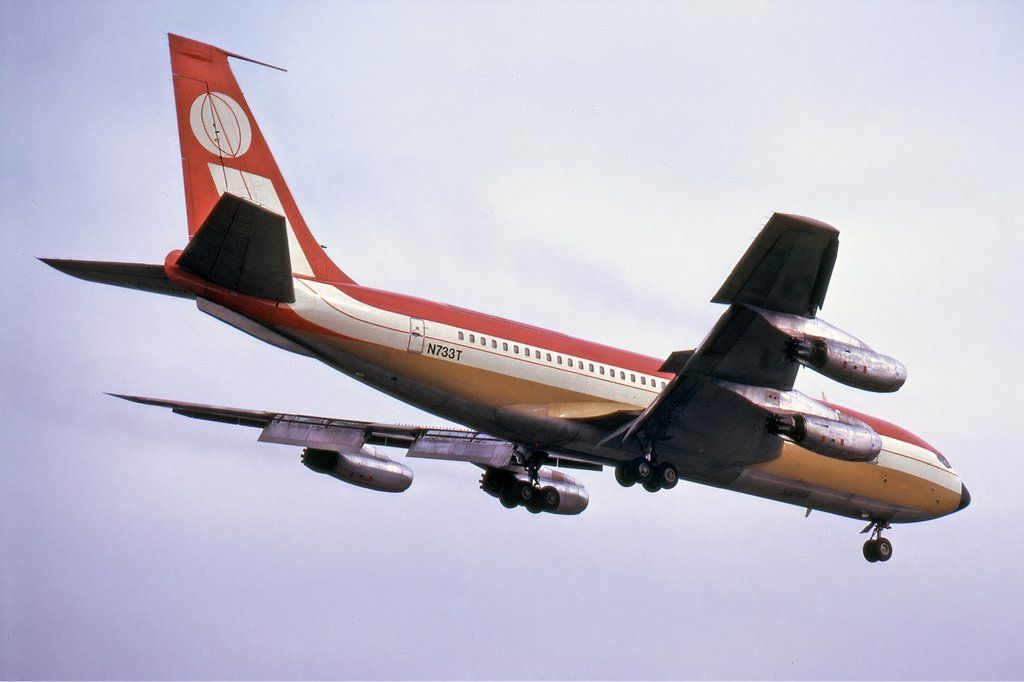Summary
- Aeroamerica, founded in 1973, was a short-lived US airline with a unique Berlin hub, operating Boeing 720 jets and other aircraft.
- The carrier focused on charter flights to leisure destinations, with Berlin as its main base from 1975 to 1979.
- Aeroamerica ceased operations in 1982 after a series of challenges, including a German labor dispute and an FAA maintenance violation.
The rich and diverse history of commercial aviation in the United States has seen numerous different airlines come and go over the years. One fairly short-lived carrier was Aeroamerica, which flew for less than a decade. Founded in 1973, it took the interesting approach of establishing a second hub thousands of miles from its Seattle base, namely in Berlin. Let’s take a look back at this curious carrier’s history.
In the beginning
Aeroamerica was first incorporated in August 1973. Its founder was Seattle-based entrepreneur Arthur Joël Eisenberg, who, according to Old Jets, had already been in the travel game for a decade, having established Odyssey International Travel back in 1963. Five months after its incorporation, in January 1974, the US Civil Aeronautics Board (CAB) certified Aeroamerica as a commercial airline.
This allowed the carrier to commence operations later that year, using six Boeing 720 jets. The 720 was a short-fuselage derivative of Boeing’s four-engine 707 design, which many consider to have catalyzed the jet age. Aeroamerica’s initial six 149-seat examples of the type were all second-hand, with five of them having come from Braniff. Meanwhile, the sixth was from Irish flag carrier Aer Lingus.
Interestingly, Old Jets notes that Eisenberg had already signed a purchase agreement for a former Aer Lingus Boeing 720 for his previous venture. This came about in March 1972, a year after he set up Club International in order to provide aircraft operations for the trips offered by Odyssey International Travel. Club International also operated a full-size Boeing 707 that had previously flown for TWA.

Related
What Were The Differences Between The Boeing 707’s Main Variants?
Boeing continually improved its first jetliner, changing the course of aviation history in the process.
Aeroamerica initially flew its jets on routes out of Seattle’s Boeing Field (BFI), with secondary bases on both the East and West Coast in Boston, Portland, and Spokane. However, in an interesting turn of events, the airline also set up a hub in Germany, at Berlin-Tegel. It began basing aircraft there in October 1974, and became a leading charter carrier thanks to a deal with package operator Berliner Flugring.
Which aircraft types did Aeroamerica fly?
According to historical fleet data made available by ATDB.aero, Aeroamerica operated a grand total of 26 aircraft over the years. The Boeing 707 family and its derivatives dominated the carrier’s fleet, with 13 of its 26 jets being examples of the aforementioned short-fuselage Boeing 720. In terms of regular 707s, Aeroamerica flew three 707-120s, one 707-138, as well as six units of the 707-320.

Related
Vintage Quadjet: 5 Fun Facts About The Douglas DC-8
The DC-8 was considered the gold-standard intercontinental airliner of its day.
Aeroamerica also operated three aircraft that did not come from the Boeing production line. Two of these were Douglas aircraft, with one interestingly being an example of the DC-8, which was a close competitor of the 707. According to Planespotters.net, this jet flew cargo. It also flew a piston-engined DC-6 for five months in 1976. Finally, Aeroamerica’s only UK-built aircraft was a single BAC 1-11.
As previously mentioned, Aeroamerica configured its Boeing aircraft with 149 seats onboard. Given its niche as a carrier that primarily focused on charter operations to leisure destinations, it is unsurprising to see that, as Planespotters.net notes, these seats were laid out in an all-economy setup. However, interestingly, the site does list one particular example (N7201U) as having had a VIP configuration.
The end of the line
The advantage of operating out of Berlin Tegel was that, being situated in West Germany, only airlines based in France, the UK, and the US could use the airport. As such, Aeroamerica’s operations became focused on its charter flights from Berlin to the Canary Islands and the Mediterranean. It eventually based six jets there, with Air Tickets History noting that Berlin became its main base from 1975 to 1979.
However, the story of Aeroamerica was over almost as soon as it had begun. It began running into difficulties in 1977, with a significant German labor dispute in July of that year. Just over two years later, in November 1979, it closed its Berlin base, after Berliner Flugring decided not to renew its charter contract, with that year being the last with any, as Old Jets puts it, ‘substantial’ operations at the airline.
The carrier refocused its attention on the US market, with Old Jets noting that it attempted to start flights between the Pacific Northwest (Portland and Seattle) and the Hawaiian hub of Honolulu. However, the carrier’s downward spiral was already in motion, and it eventually ceased operations in 1982 following, as Air Tickets History notes, an FAA maintenance violation concerning non-airworthy planes.
Charter operations remain an important part of German aviation today
While the tides of time have washed Aeroamerica up on the shores of history, its legacy remains in the form of a booming German charter market, with countless carriers continuing to connect the country with the Mediterranean today. The most notable of these is Condor, but other big hitters include the likes of Sundair and TUI. Nowadays, such carriers even face leisure competition from flag carrier Lufthansa.
What are your memories of Aeroamerica? Did you ever fly with this US-German carrier? Let us know your thoughts and experiences in the comments!


